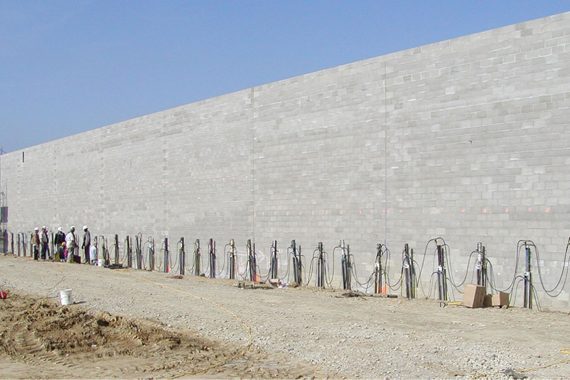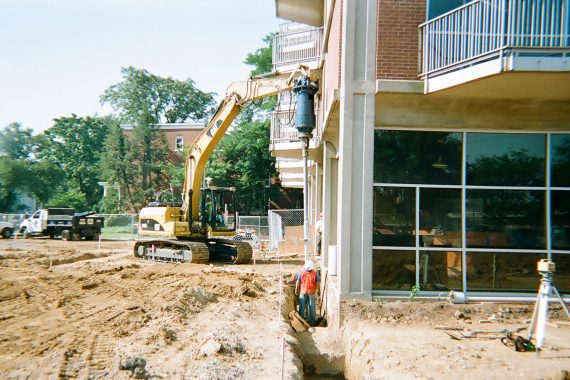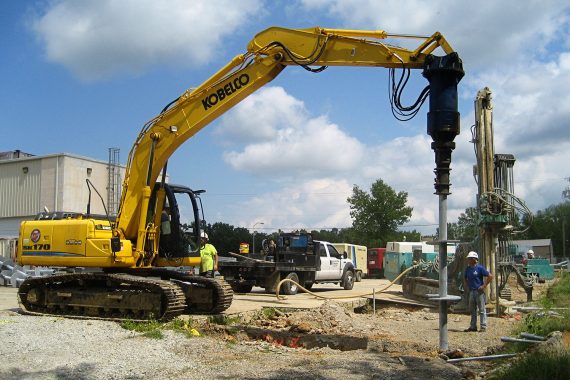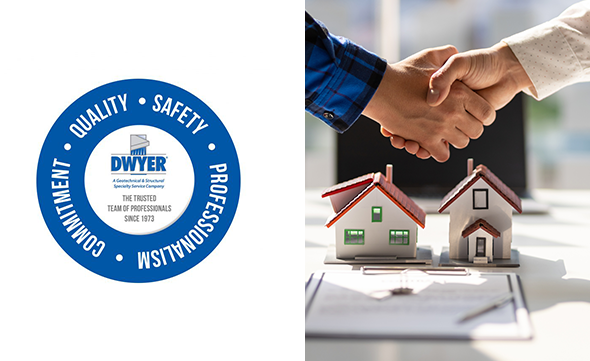Bowed foundation walls present a significant challenge in maintaining the structural integrity of homes. Commonly observed in both poured concrete and masonry foundations, this issue suggests that undue pressure from the surrounding soil and moisture accumulation is distorting the wall, potentially leading to severe structural damage. Understanding the causes and remedies for this condition is crucial for homeowners looking to preserve their property’s health and safety.
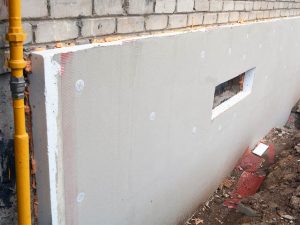
Understanding the Cause
The soil surrounding your home exerts an expansive pressure that leads to bowed foundation walls. Factors such as hydrostatic pressure, soil type, water accumulation due to poor drainage, and seasonal freeze-thaw cycles contribute to this outward pressure on foundation walls. Over time, this pressure can cause walls to bow inward, crack or even crumble if left unaddressed. Identifying the early signs of bowing—such as horizontal cracks for concrete walls or stair-step cracks in masonry—is pivotal in averting escalated structural damage.
Remediation Techniques for Bowed Walls
Addressing the issue of bowed foundation walls necessitates a thorough assessment by a structural specialty service provider. The chosen method for correction often hinges on the severity of the bowing and the underlying causes. Here are the techniques employed by professionals to resolve the problem.
-
Carbon Fiber Straps
For minimal to moderate bowing, the use of carbon fiber straps is a preferred method. This non-invasive procedure involves adhering high-tensile carbon fiber straps to the interior face of the foundation wall. The advantages are manifold: It’s a cost-effective solution, installation is swift, and it offers durable stabilization with minimal disruption to the property.
-
Wall Anchors
In scenarios where the bowing exceeds 2 inches, wall anchors become a viable option. This method necessitates the installation of steel plates and rods across the affected wall section, connecting the interior wall to anchor points buried deep within undisturbed soil outside the home. Periodically, we tighten these anchors to gradually straighten the wall back to its original configuration. Though more labor-intensive, this approach provides a robust solution to significantly bowed walls.
-
Steel I-Beams
For severe cases or when external excavation is unfeasible, steel I-beams serve as an effective reinforcement method. Positioned vertically against the bowing wall, these beams redistribute the load and combat further inward movement. This approach is particularly advantageous for ensuring long-term stability where space constraints or soil conditions limit exterior interventions.
Beyond Straightening: the Need for Comprehensive Solutions
Slabjacking a sunken slab and straightening bowed walls is only part of the remediation strategy. Ensuring long-term stability often involves addressing the root causes of foundation pressure—improving drainage, correcting grading, or waterproofing the basement walls to prevent future moisture buildup. Professional consultation is essential in choosing the right combination of measures tailored to your home’s specific needs.
Bowed foundation walls pose a substantial threat to your home’s structural integrity. Homeowners should act promptly at the first signs of foundation distress and consult seasoned professionals to explore the best course of action. The Dwyer Company, Inc. is your partner in maintaining a solid foundation for your home. Give us a call at (877) 399-3726 or fill out our contact form to schedule a free consultation.

